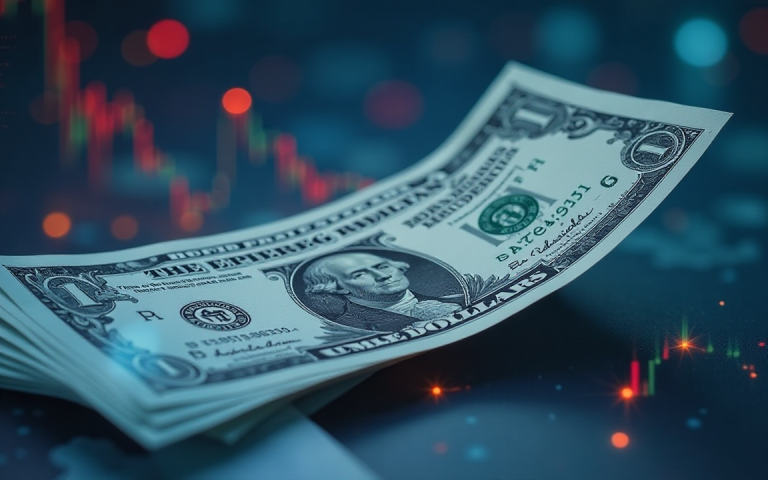Estee Lauder stock price has been in a free fall in the past few years as the company’s growth waned. EL has declined by over 83% from its peak in 2021, underperforming other companies in the consumer staples and discretionary sectors. This drop has led to a $116 billion wipeout as the valuation has collapsed from $139 billion to $23.3 billion.
Estee Lauder’s growth has stalled
Estee Lauder, the parent company of well-known brands such as Clinique, Origins, MAC, Bobbi Brown, and Aveda, has faced pressure in recent years.
Its growth, especially in the crucial Chinese market has stalled as competition has jumped. It has continued to underperform other companies in the beauty industry like L’Oreal Paris, Procter & Gamble, Shiseido, and Coty.
China is a key market for Estee Lauder as it accounted for a quarter of its sales last year. Its sales there have dropped as consumers scale back their purchases amid a weakening economy. Consumers are also shifting to equally good, but cheaper, brands.
Most of this slowdown occurred during Fabrizio Freda’s tenure, which lasted from July 2009 to late last year.
Estee Lauder’s annual numbers indicate that its revenue has been on a downward trajectory, a trend that may persist for some time. Its annual revenue peaked at $17.7 billion in 2022 and then dropped to $15.9 billion in 2023 and $15.6 billion last year. Wall Street analysts anticipate that its revenue will drop to $14.8 billion this year.
In addition to replacing the CEO, the company is taking more measures to boost its stock performance. It is cutting over 7,000 jobs, focusing on innovation, and simplifying its management structure.
Q3 earnings ahead
The next key catalyst for the Estee Lauder stock price will be its financial results, which will provide more information on whether its business is doing well.
The management have already downgraded their revenue and profit estimates. Analysts now anticipate that the upcoming numbers will show a 10% decline in revenue to $3.52 billion.
They also anticipate the fourth-quarter revenue guidance will be $3.57 billion, a 7.8% annual decline. Its profitability is also to be weak, with the earnings per share (EPS) expected to be 31 cents, much lower than 97 cents a year earlier.
Estee Lauder stock price analysis
The EL share price plunged by 20% when it published its results in February because it lowered its guidance. As such, another downward revision of its guidance will not be particularly catastrophic for the stock.
On the positive side, the stock has formed a falling wedge pattern on the weekly chart. This pattern comprises of two falling and converging trendlines. A bullish breakout typically occurs when these lines are about to converge, which is currently happening.
Therefore, there is a likelihood that the Estée Lauder stock price will bounce back after its earnings. If this happens, the next level to watch will be at $70. In the long term, the stock may recover and hit the resistance at $100, the lowest swing in October 2023.
Read more: Estee Lauder stock price may recover in 2025: here’s why
The post Estee Lauder stock forms giant wedge: is a rebound coming? appeared first on Invezz










